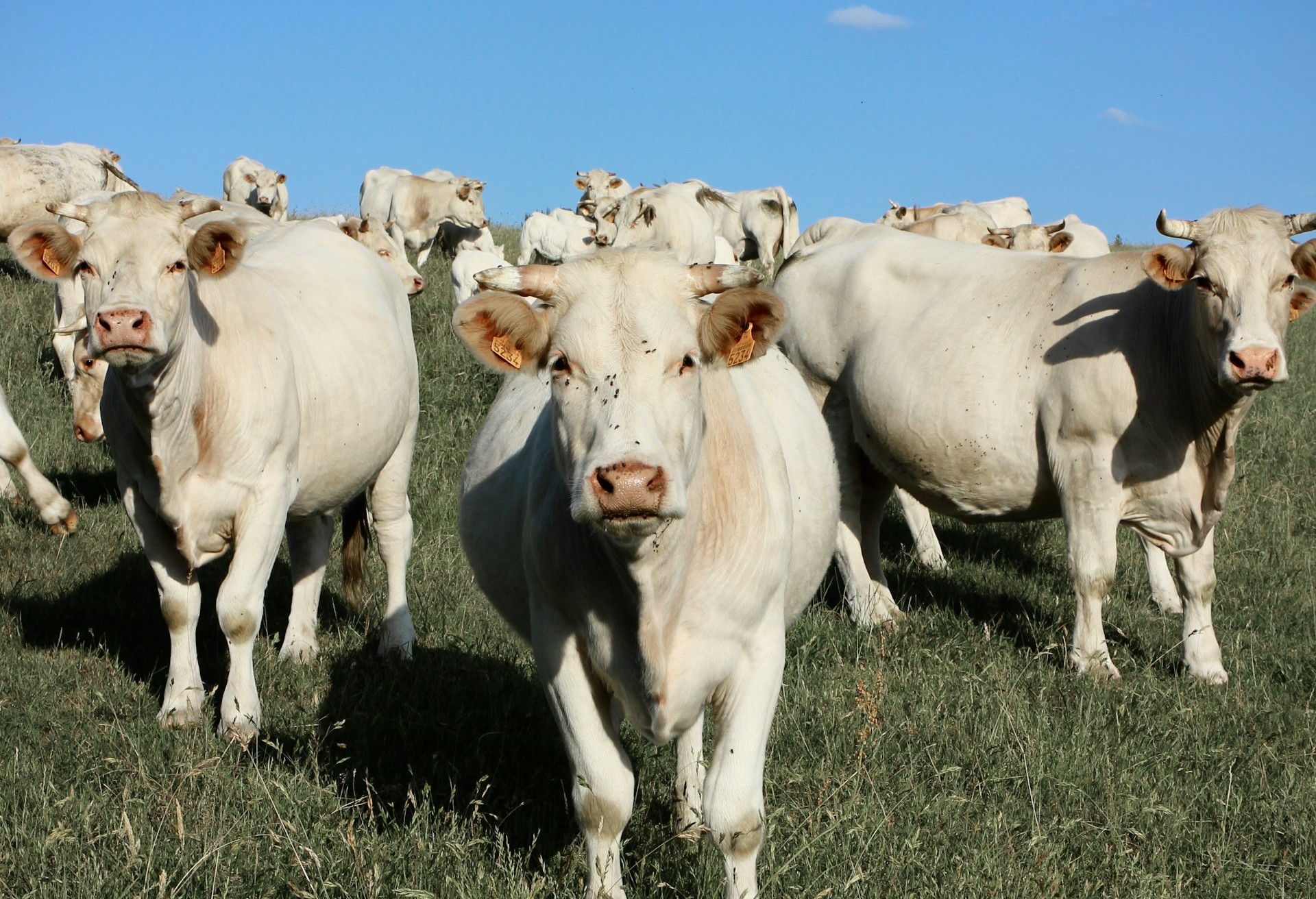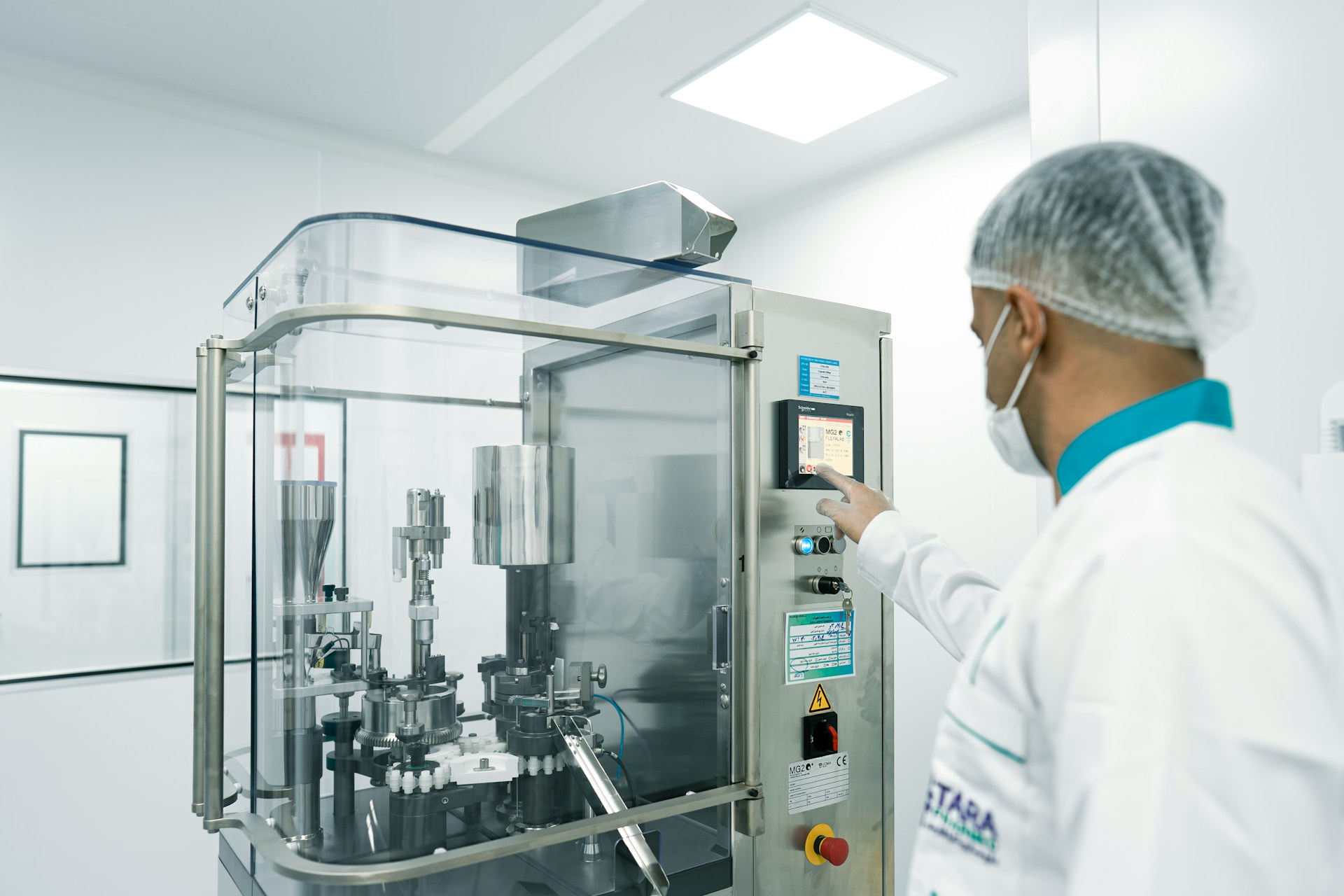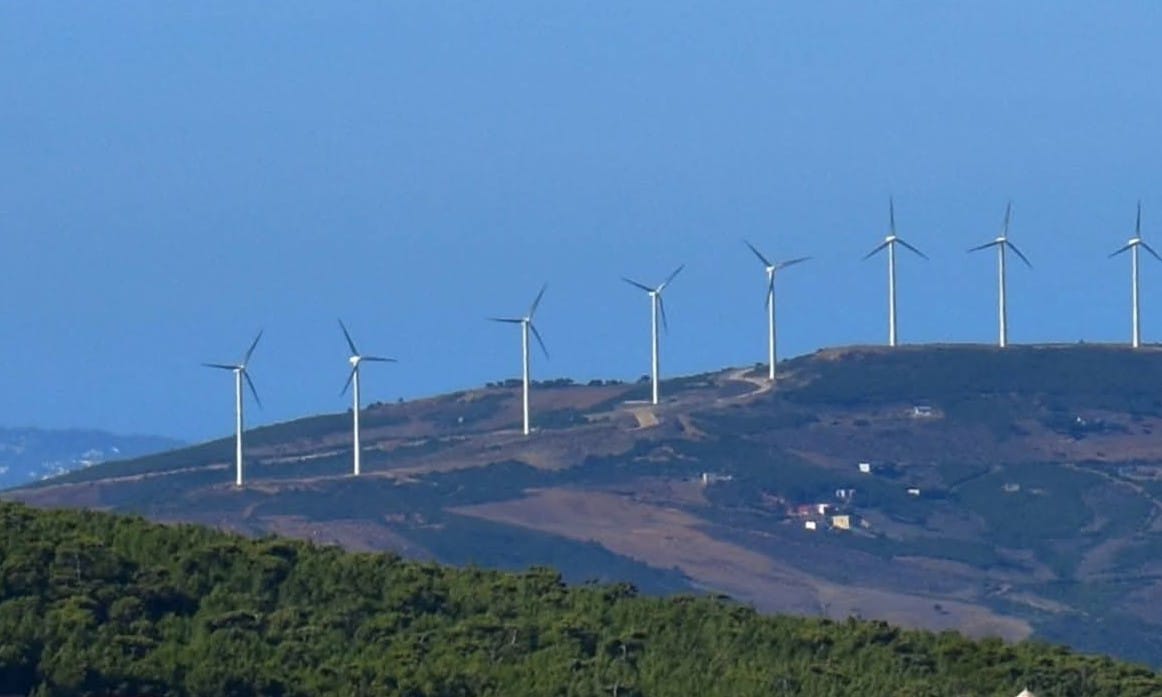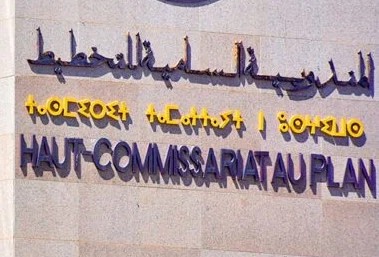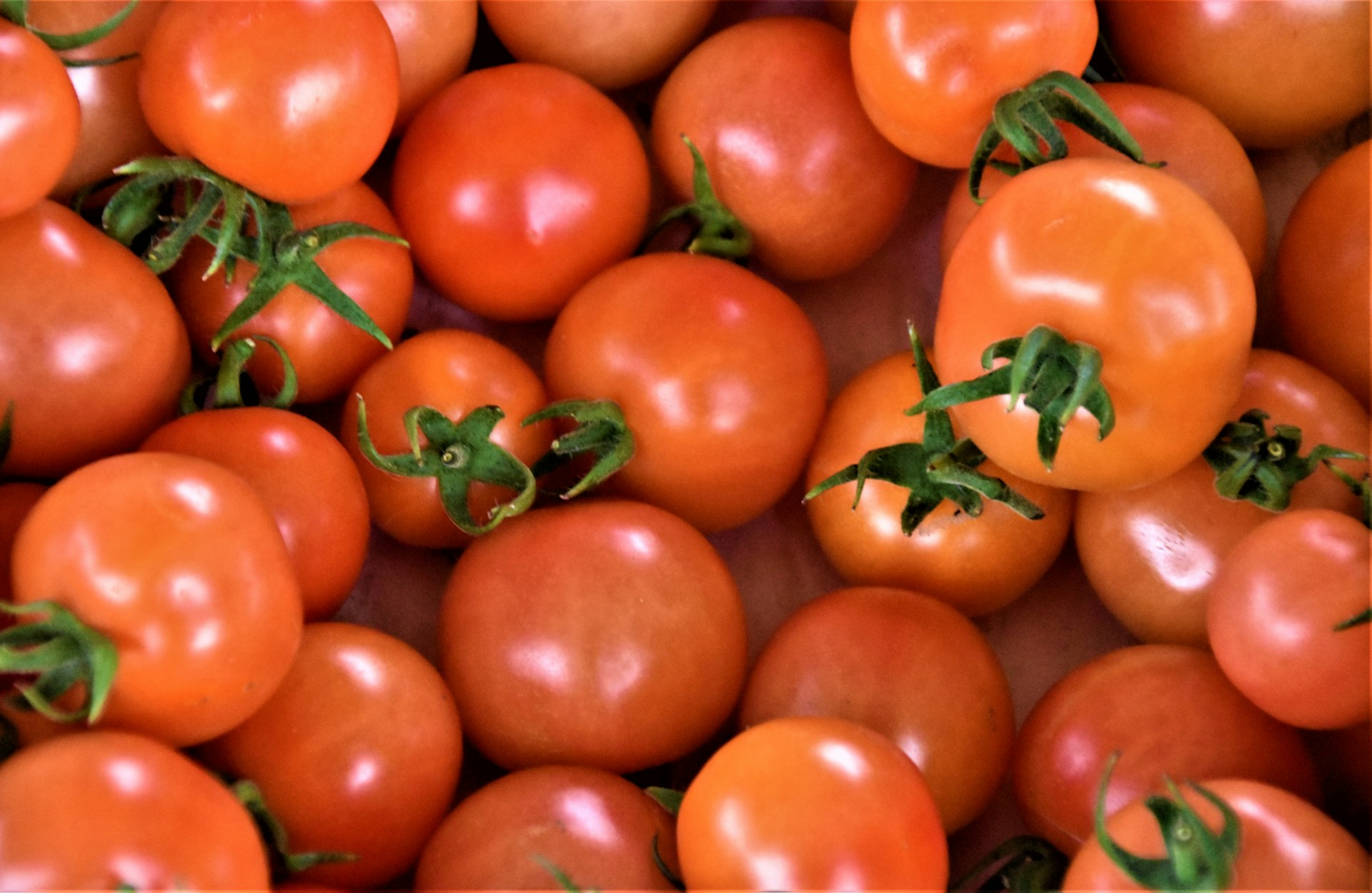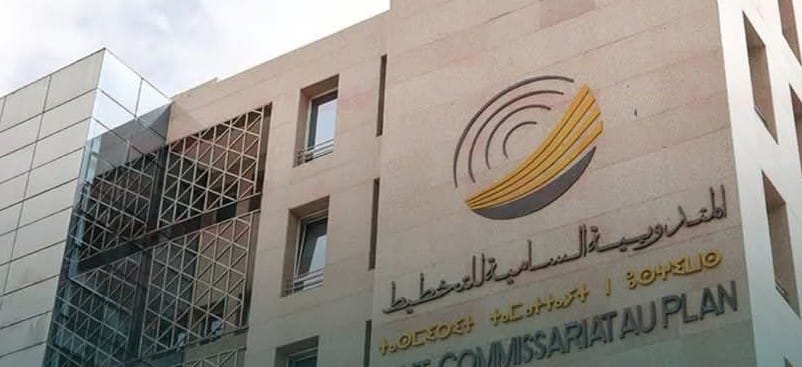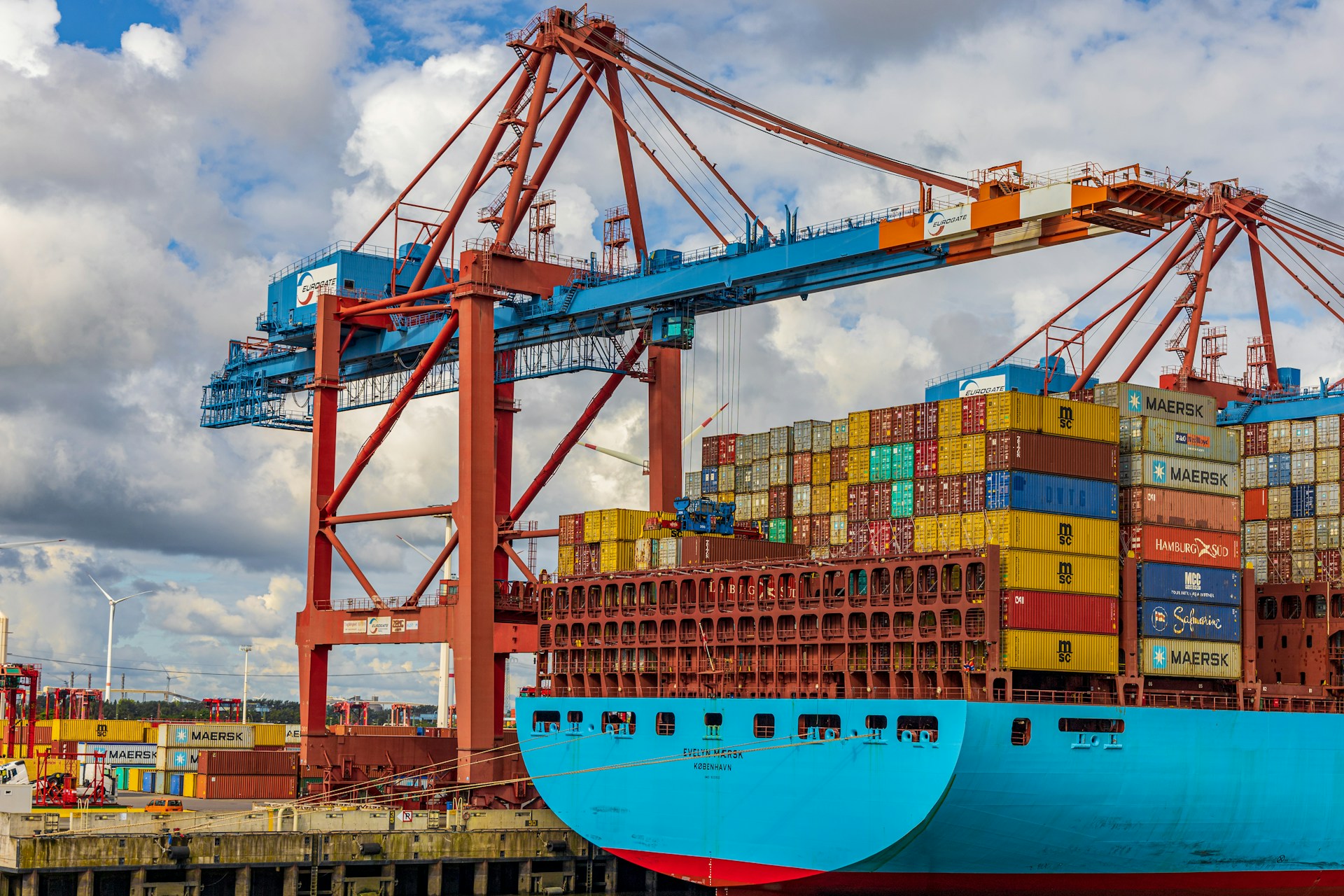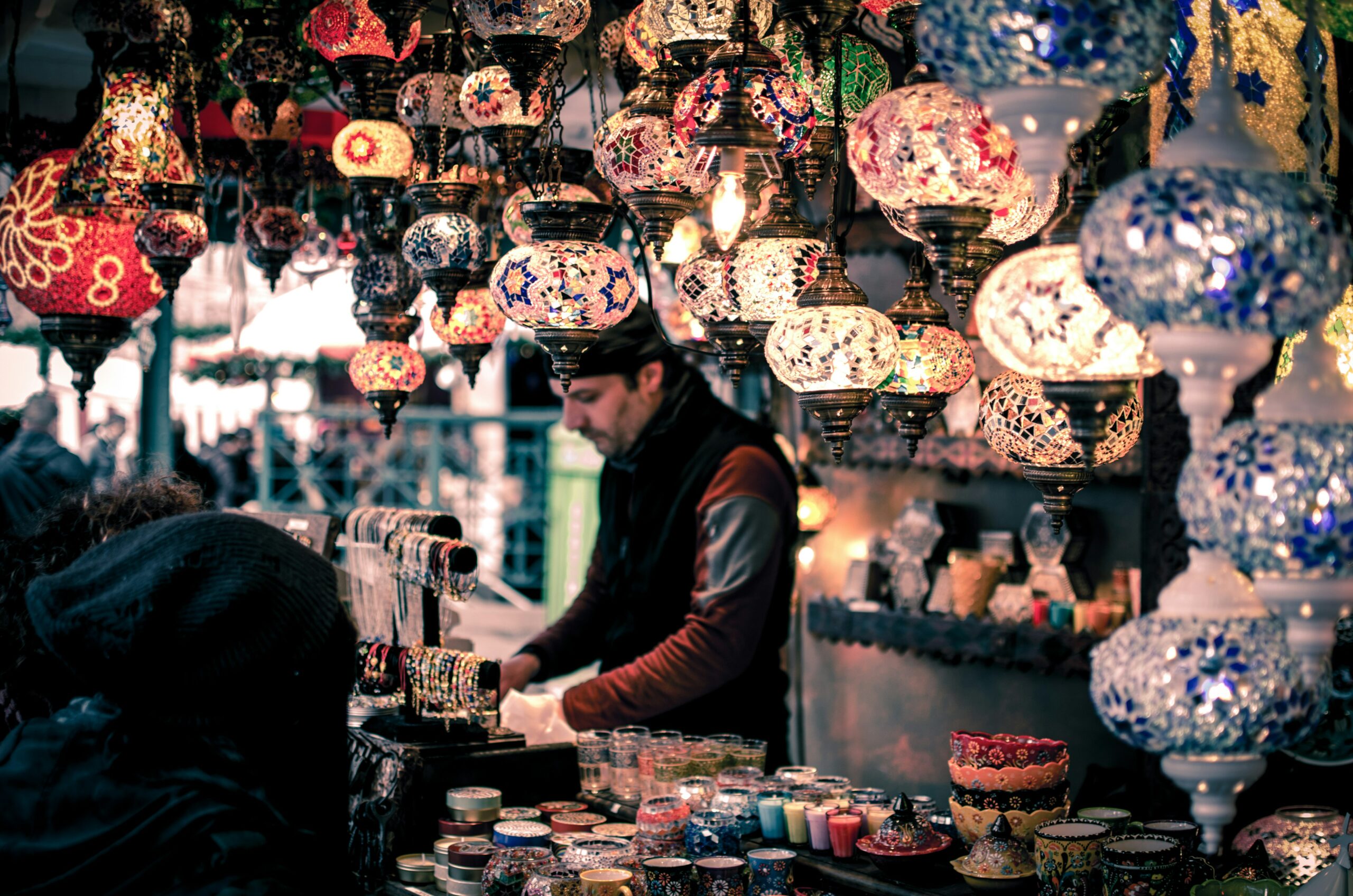Casablanca – Morocco’s economy continues to show signs of gradual recovery, with both domestic and international institutions adjusting their growth expectations for 2025. The latest updates from Fitch Solutions and the High Commission for Planning (HCP) highlight an upward trend, though challenges remain across key sectors.
Revised outlooks for 2025 and beyond
Fitch Solutions recently revised its forecast for Morocco’s GDP growth in 2025 to 4.8%, slightly down from a previous projection of 5.0%. Despite the adjustment, this remains the highest growth estimate since 2021 and reflects stronger momentum compared to the 3.2% recorded in 2024. Looking further ahead, Fitch expects economic growth to accelerate to 5.5% in 2026, driven by improvements in agricultural production and rising domestic demand.
Meanwhile, the HCP projects a more modest 3.8% growth in the second quarter of 2025. This growth is attributed to a rebound in agricultural activity and resilience in the services sector, with domestic demand continuing to be the primary driver of the economy.
Sectoral trends: Diverging performances
The agricultural sector, while expected to recover modestly in 2025, remained under pressure at the close of 2024. It contracted by 4.9% in Q4 2024, marking its fourth consecutive quarterly decline due to ongoing drought conditions.
The manufacturing sector also showed signs of deceleration, with growth slowing from 7.5% in Q3 to 3.7% in Q4, largely due to weaker automotive output. However, this trend may stabilize in 2025, supported by food processing and construction materials industries, according to the HCP.
Construction, in contrast, maintained strong momentum with 7.0% growth, while public administration activity slightly improved to 3.9%, supported by expansionary fiscal policies.
Domestic demand and investment
Fitch and the HCP both highlight domestic demand as the key growth engine. Private consumption is expected to rise from 3.2% in 2024 to 4.1% in 2025, contributing 2.2 percentage points to overall GDP growth. This increase is fueled by higher real incomes and easing inflation.
Investment is also forecast to play a significant role, with fixed capital formation expected to grow by 7.1%, adding another 2.2 points to GDP growth. This surge is underpinned by lower borrowing costs, with Morocco’s central bank anticipated to reduce its benchmark interest rate to 2.00% by the end of 2025, following incremental cuts in 2024 and early 2025.
The HCP predicts sustained momentum in both consumer and investment spending, with respective increases of 4.2% and 5.1% in Q2 2025.
External sector and trade dynamics
External trade is expected to have a modest negative impact on growth. Fitch anticipates that net exports will contribute just 0.1 percentage points in 2025 after subtracting 1.2 points in 2024, thanks to improved demand for Moroccan exports, particularly in Europe.
However, the overall contribution of foreign trade will remain limited, as both exports and imports are projected to slow down simultaneously. A recent 90-day delay in planned tariff hikes (excluding China) could temporarily soften the global economic impact, although early effects are already being felt through volatile energy prices, industrial slowdowns—especially in Europe—and financial market instability.
Foreign investment and infrastructure development
Foreign direct investment (FDI) is expected to remain strong, following a 55.4% increase in 2024, particularly in key sectors such as automotive, aerospace, and renewable energy. The high capacity utilization rate is also likely to encourage businesses to scale up capital expenditure.
Infrastructure development will continue to benefit from preparations for the 2030 FIFA World Cup, which Morocco is co-hosting. This is expected to stimulate construction, transportation, and urban development investments.
Fiscal policy and international support
Government consumption is projected to grow by 2.6% in 2025, contributing 0.5 points to overall GDP growth. This increase is driven by current spending (excluding interest payments), bolstered by both domestic resource mobilization and international financing—including a $540 million loan from the European Investment Bank and support from the International Monetary Fund under resilience and sustainability programs.
Risks and uncertainties
While the medium-term outlook is cautiously optimistic, both Fitch and the HCP underline several risks. Continued stress in the agricultural sector could push up unemployment and accelerate rural-to-urban migration. Additionally, any slowdown in Europe—Morocco’s key trading partner—could dampen demand for exports, especially in critical sectors like automobiles and textiles.
The HCP highlighted that its forecast for Q2 2025 does not fully account for the possible impacts of global trade tensions and disruptions in the industrial sector. However, it acknowledged the possibility that these effects could be contained in the short term, depending on how Morocco’s key economic partners respond.

